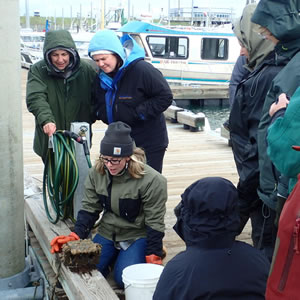Enhancing understanding and appreciation of the Kachemak Bay estuary and adjacent waters to ensure that these ecosystems remain healthy and productive.
The Kachemak Bay National Estuarine Research Reserve (KBNERR) is part of a national network of 30 reserves that are supported through the National Oceanic and Atmospheric Administration (NOAA) and a state partner. In the National Estuarine Research Reserve System (NERRS), Kachemak Bay represents a high latitude, fjord estuary type. KBNERR’s state partner is the Alaska Center for Conservation Science (ACCS) at the University of Alaska, Anchorage (UAA). We also work closely with the KBNERR Community Council, a committed group of local residents and agency partners who meet quarterly to connect with KBNERR programs.
Kachemak Bay represents a special piece of Alaska’s coastline with beautiful scenery, abundant wildlife, and a vibrant local community that draws deeply from the ecosystem for its well-being. Our work is dedicated to conducting research, monitoring, education, trainings and community engagement that bring understanding of regional ecosystems, and to assist people in making informed decisions that promote conservation and stewardship. We serve as a magnet and platform for researchers and students from the state of Alaska and around the country. Our areas of focus include coastal ecology, watershed ecology, and oceanography. We study the processes that contribute to the tremendous productivity of fish, shellfish, birds and mammals in the region, and the consequences of climate change and human activities to the resources we value. We provide a bridge between science and management, working with stakeholders, from children to adults, in remote villages, as well as cities. For more information on some of the various marine species found in the Kachemak Bay area, visit our data catalog.
Focal Areas
People
Katherine Schake
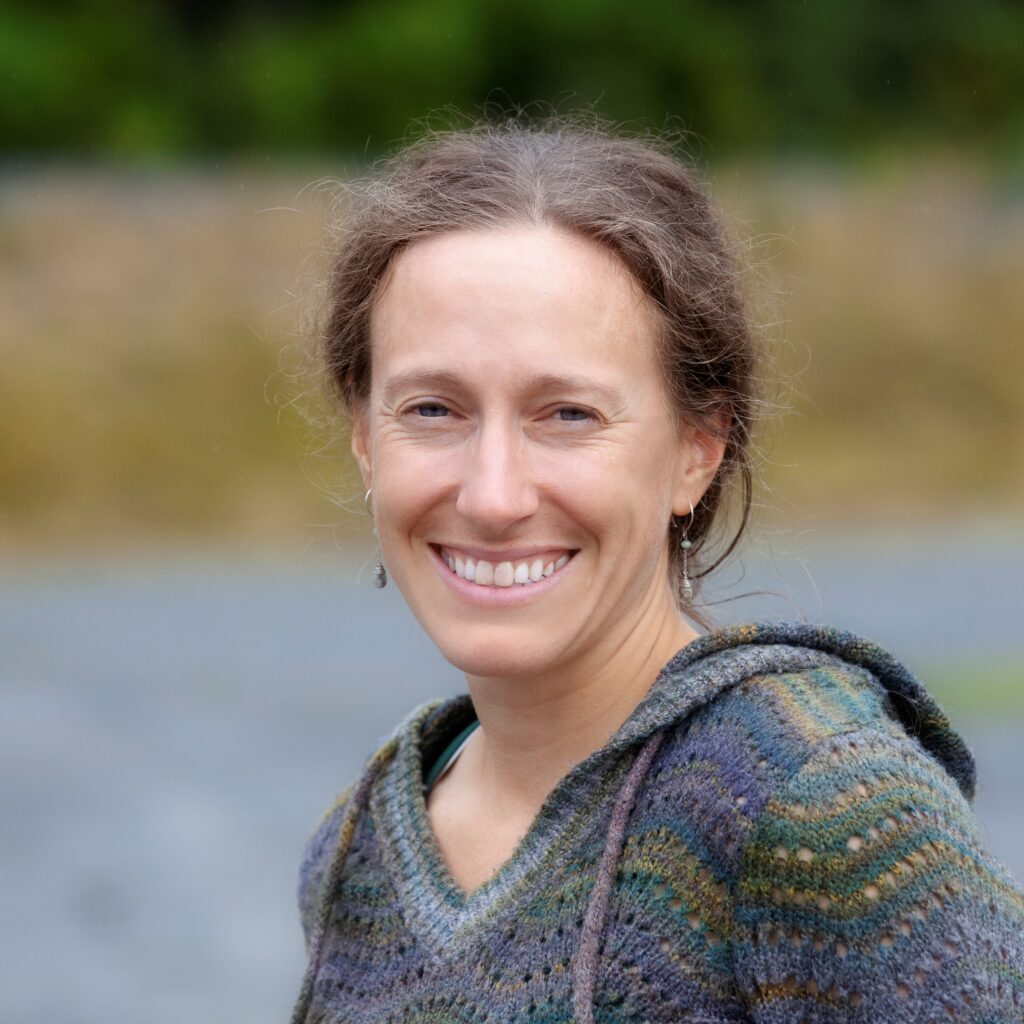
Manager | kschake (at) alaska.edu | (907) 235-1593
Katherine joined the Kachemak Bay NERR team as Reserve Manager in 2023. She brings two decades of diverse career experience working in both the private and nonprofit sectors throughout Alaska. A deep sense of stewardship has driven her work as a naturalist guide, coordinator for statewide salmon data synthesis working groups and invasive species partnerships, and as a geospatial project manager. Katherine values partnerships as an avenue for accomplishing shared conservation goals across the vast geography of Alaska and within Kachemak Bay. She holds a Masters Certificate in Remote Sensing from Penn State University, a B.S. in Environmental Science from the University of Minnesota, and an A.A. Degree from Franklin College Switzerland.
Syverine Bentz, M.S.
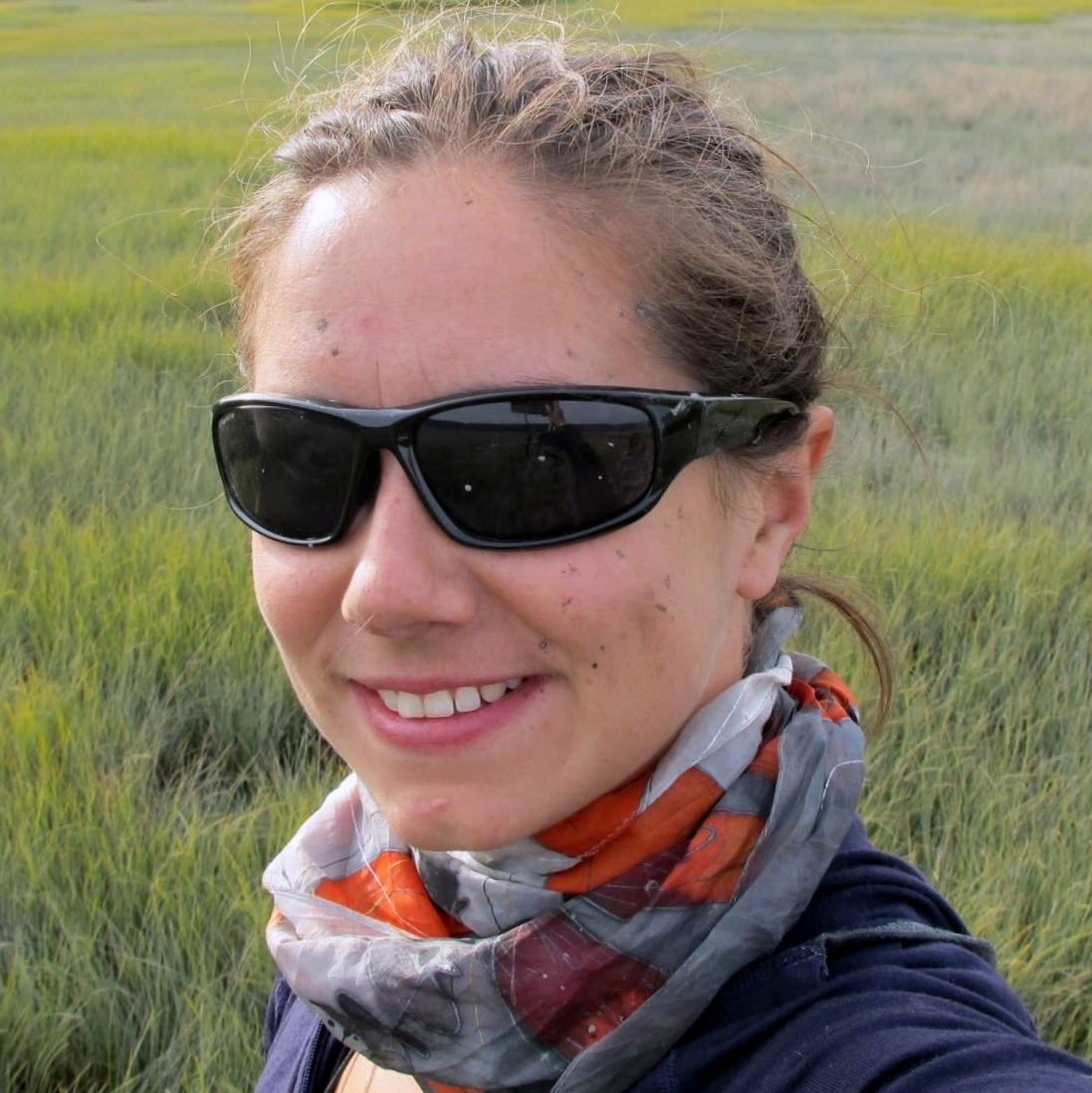
Coastal Training Program Coordinator | syverine (at) alaska.edu
Syverine Bentz has a B.S. in Geology and an M.S. in Earth Sciences from Montana State University with a focus on sedimentary geology and spatial science. Her primary interests include landscape change, coastal processes, and ecosystem services. She grew up on Kachemak Bay and started as a science collaborative and discovery lab volunteer at KBNERR. She currently works in the Coastal Training Program providing workshops, trainings and technical assistance. She enjoys translating science for stakeholders and values collaborations between scientists, decision-makers and local community members.
Ingrid Harrald, M.S.
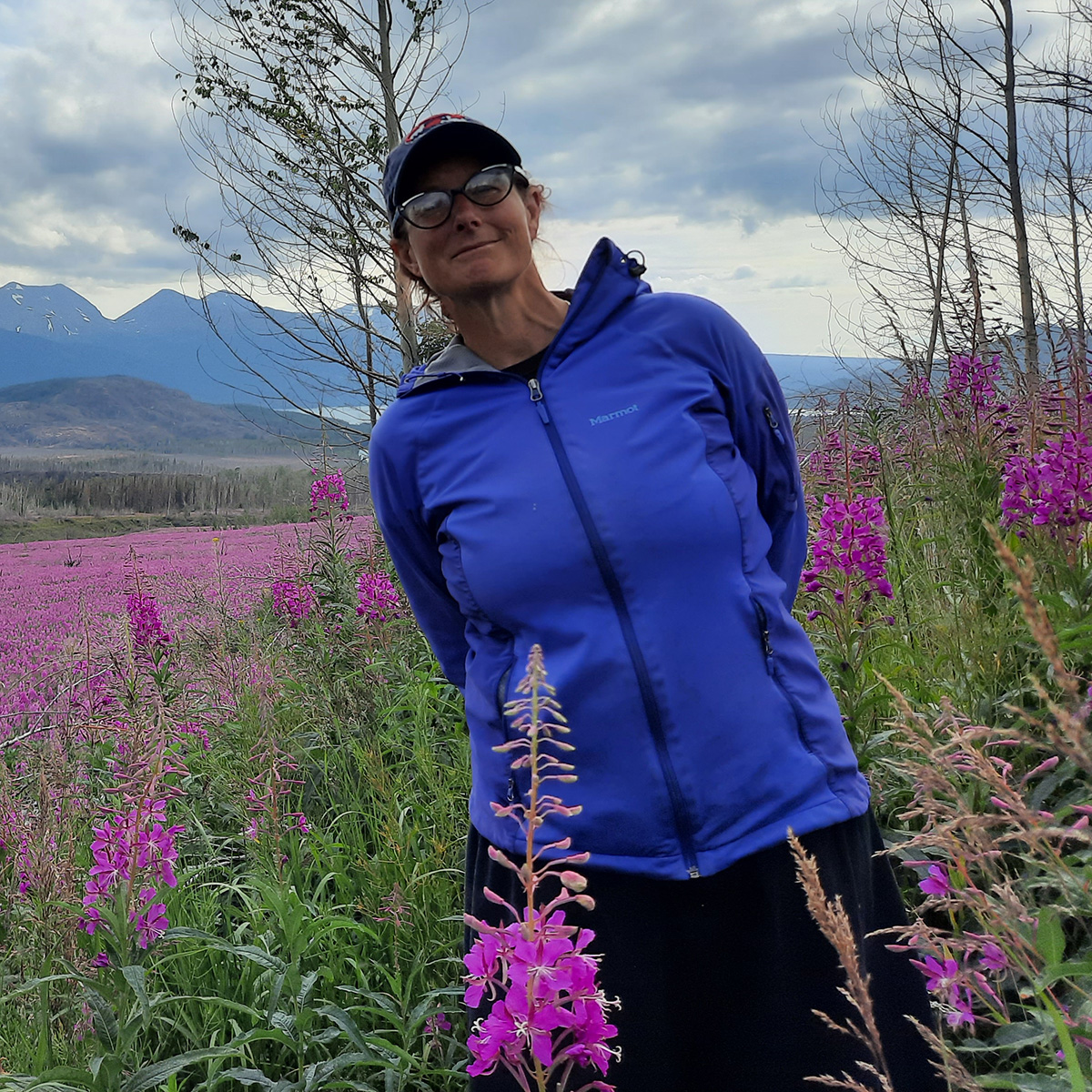
Education Coordinator | ieharrald (at) alaska.edu
Ingrid Harrald joined the Research Reserve in January 2022. She first came to Alaska in 1996 and spent a large portion of her adult life on remote islands studying seabirds. She has worked as both a scientist and educator with many local organizations, including Cook Inletkeeper and USFWS. She has a degree in Biology/Psychology and a Masters in Social Work. She is interested in how we can build community around our environment, sense of place, citizen science, and social justice in the sciences. She hopes her work in education will help inspire the next generation of conservation biologists.
Lauren Sutton, PhD
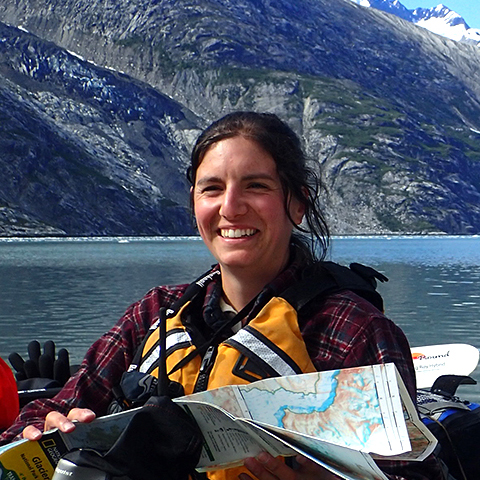
Research Coordinator | lsutton7 (at) alaska.edu | (907) 235-1504
Lauren has a PhD in Marine Biology from the University of Alaska Fairbanks along with a BS in Environmental Science and a BA in Bio-cultural Anthropology, both from Western Washington University. Her PhD focused on the diversity of Alaskan Arctic epibenthic communities and their interactions with a changing climate. As Research Coordinator, Lauren’s interests include using long-term environmental monitoring data to inform about biological communities, understanding how diversity is influenced by Kachemak Bay’s dynamic climate, and collaborating across disciplines.
Conrad Field
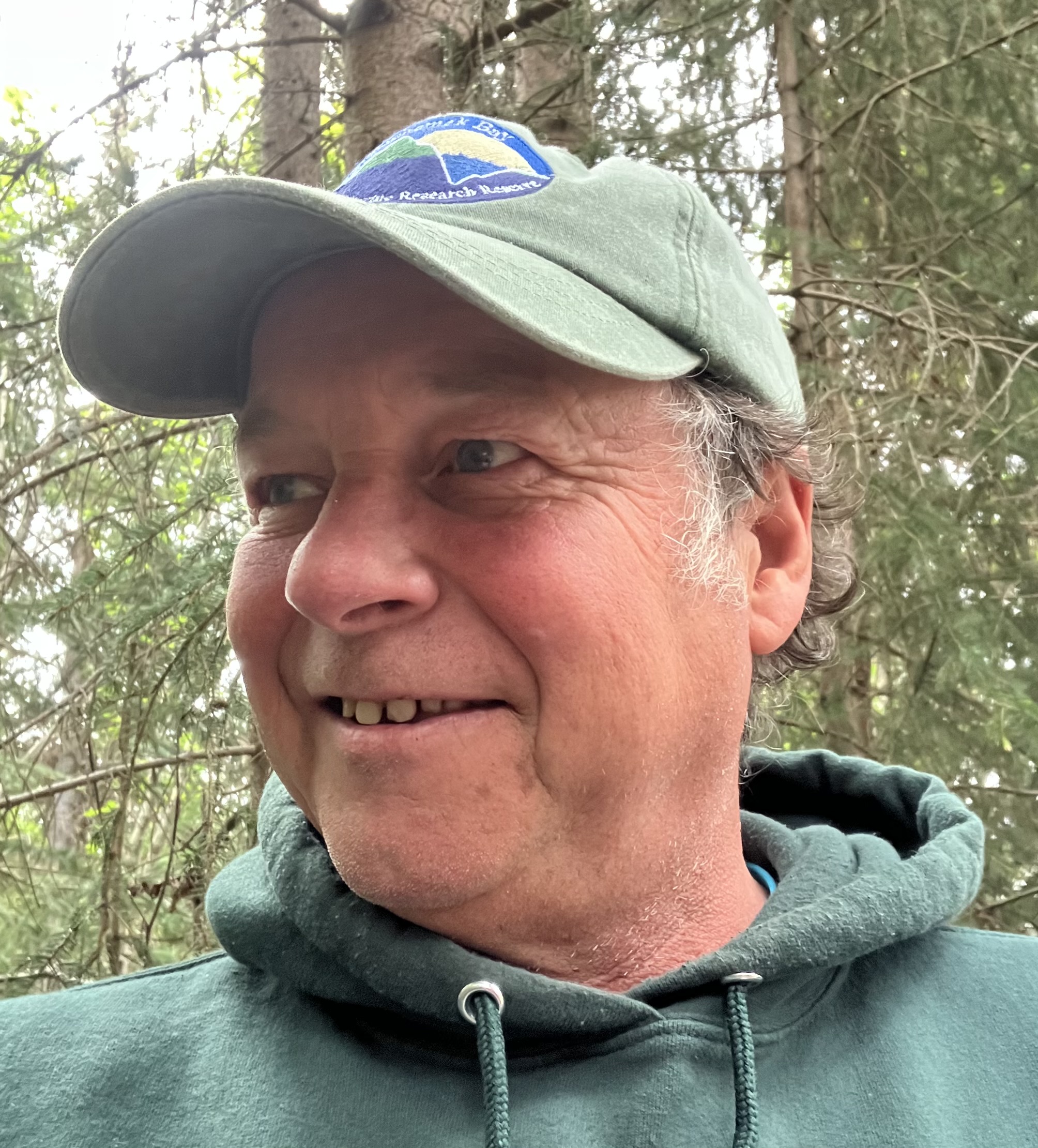
Biological Technician & Education Specialist
Conrad is a biologist and naturalist residing in Homer, Alaska. He works as a seasonal botanist, collecting plant data in Kachemak Bay and Cook Inlet salt marshes for intertidal habitat projects. These projects entail identifying and habitat mapping of saltmarsh and riparian vascular plant ecosites, as well as the classification of the plant communities associated with these habitats. He is also an accomplished artist in the media of pen-and-ink and scrimshaw. Conrad wrote a guide to spineless wonders of the north, Alaska Seashore Creatures. He is also the author of Alaska Ocean ABCs, a colorful children’s book. Over the years he has produced several biological illustrations for many different institutions worldwide.
Chris Guo
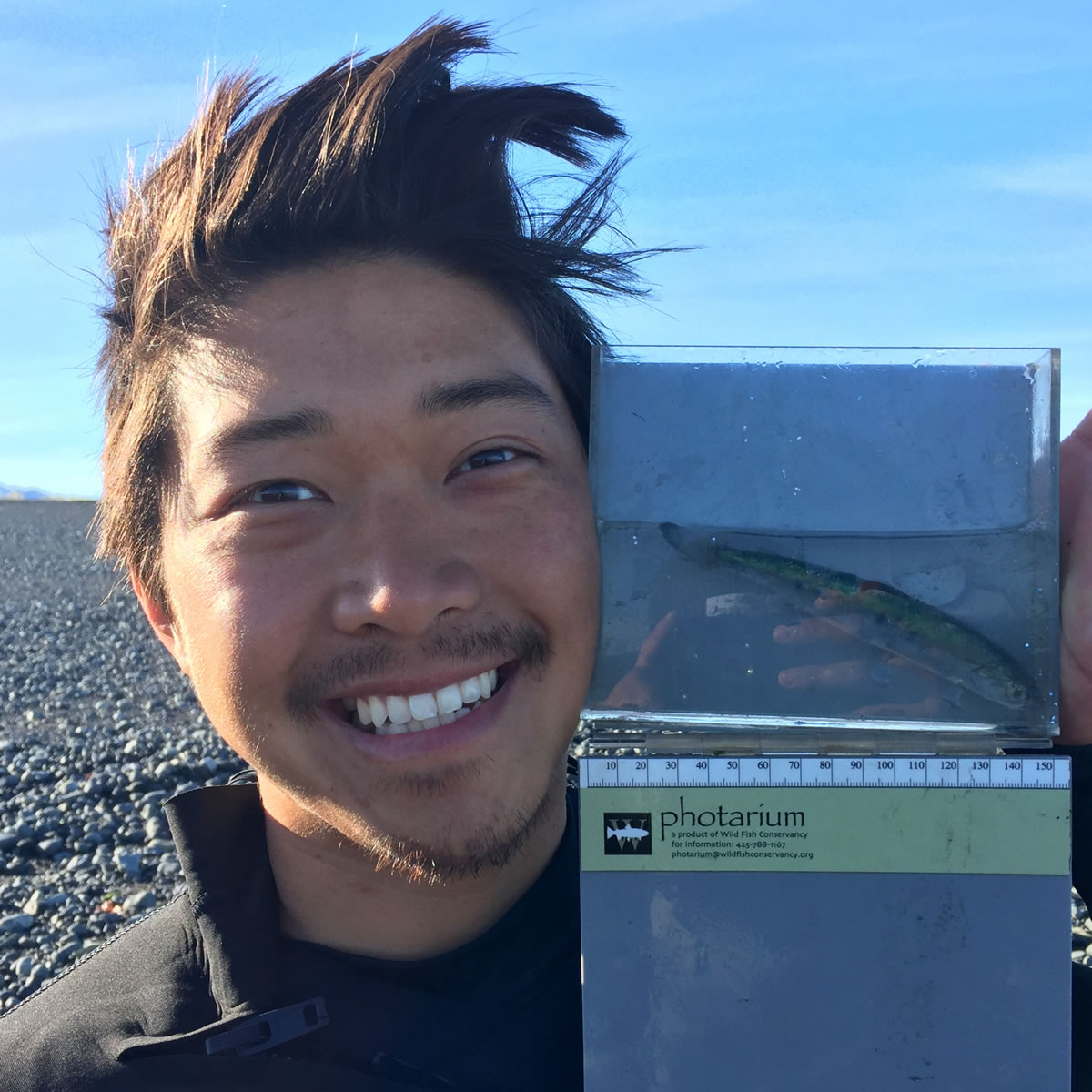
Aquatic Biologist | cguo2 (at) alaska.edu
Chris has a B.S. in marine biology from the University of Hawaii at Manoa. Currently a graduate student in the College of Fisheries and Ocean Sciences at UAF, his research focuses on topics in coastal ecology. He is interested in understanding how estuarine and nearshore habitats support their biological communities and food web linkages, particularly for juvenile fish species.
Rosie Masui, M.S.
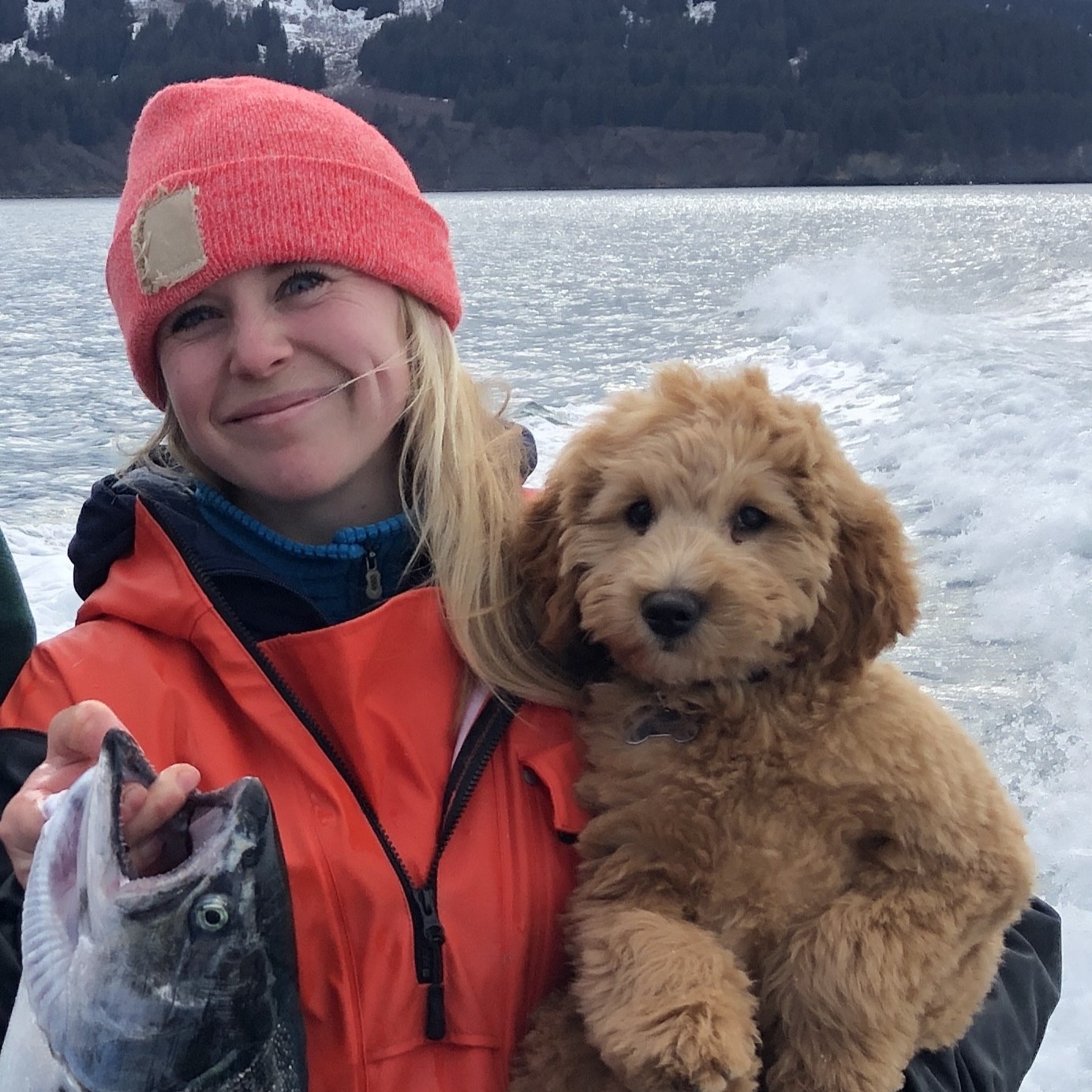
Coastal Training Program Specialist | rmmasui (at) alaska.edu
Rosie has a B.S. in Fisheries Biology with a minor in History from the University of Vermont and is currently finishing a M.S. in Project Management through the University of Alaska Anchorage. Prior to working at KBNERR Rosie has worked on various projects across the state of Alaska studying arctic fish migrations, interpreting marine mammal imagery, and assisting in salmon run monitoring. When last at the Reserve she worked in the community monitoring, system wide monitoring, and coastal training programs and is excited to jump back in and engage with our local and statewide partners.
Jasmine Maurer, M.S.
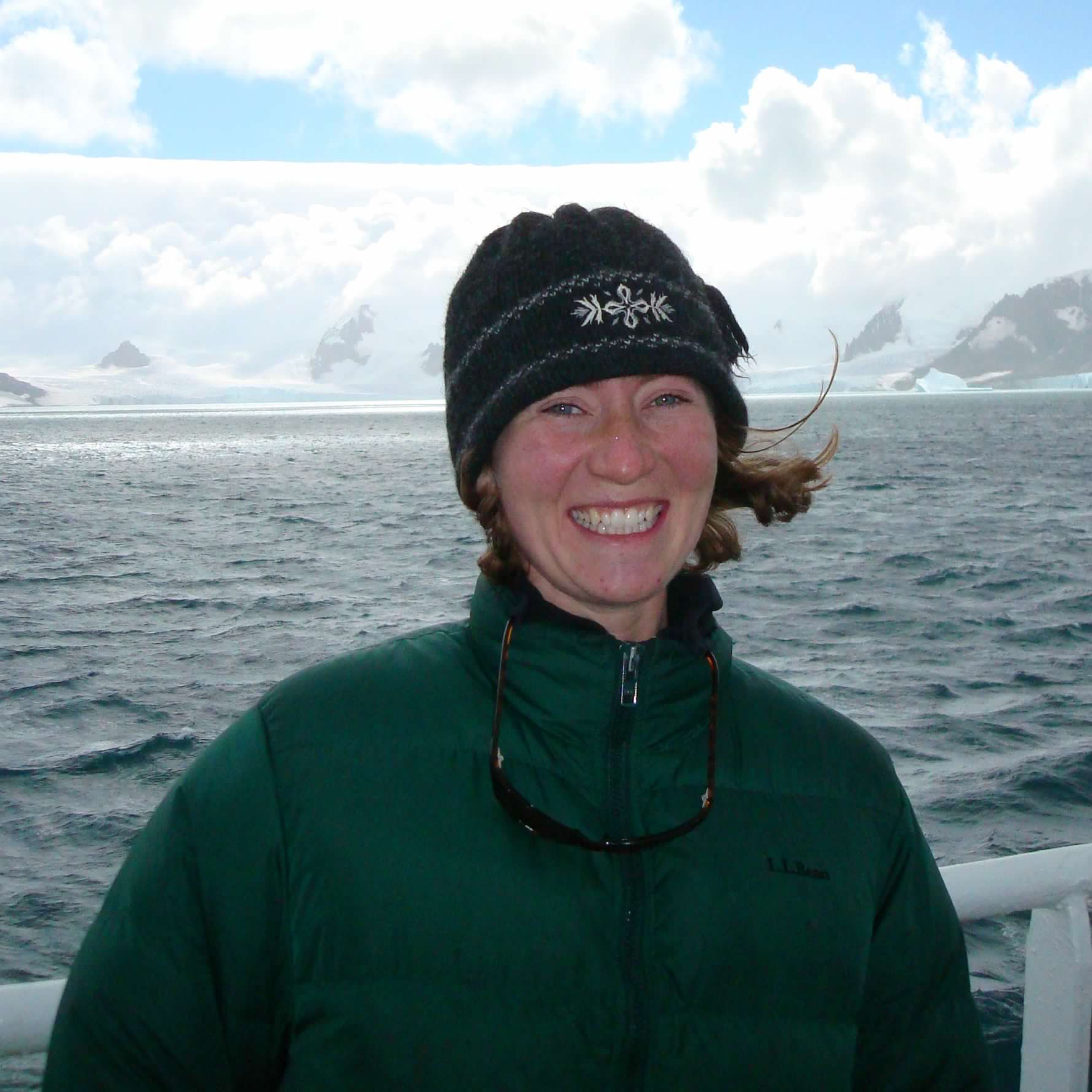
Harmful Species Lead | jrmaurer (at) alaska.edu | (907) 235-1505
Jasmine Maurer has worked at the Reserve since 2012, starting as a field biologist in the watershed program and now leading the Harmful Species Program. She grew up in Homer and received a B.S. in environmental science and biology from Oregon State University and a M.S. in Marine Science from Moss Landing Marine Labs, California State University with a focus on Ichthyology. Jasmine enjoys living, learning and studying the marine environment and its inhabitants. She is eager to share her work with others and contribute to understanding our changing marine systems.
Kim Schuster, M.S.
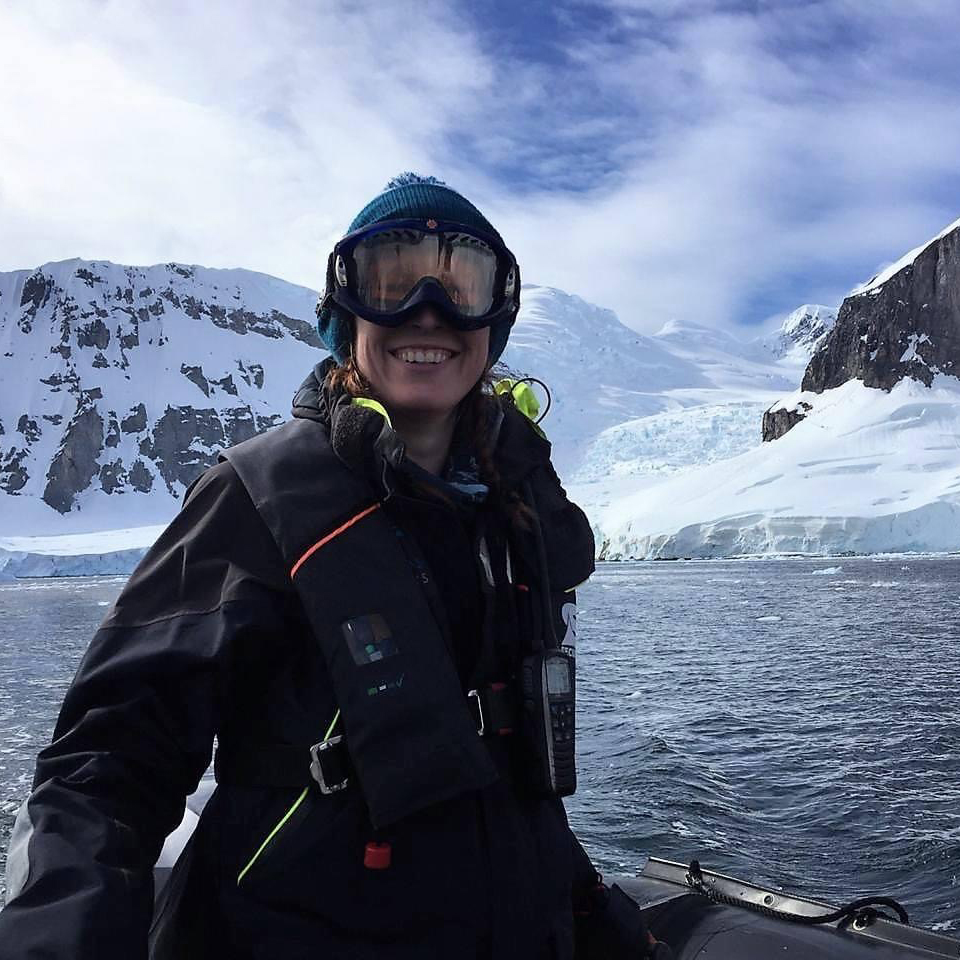
Harmful Species Biologist | kkschuster (at) alaska.edu
Kim received her B.S. in Marine Biology from UCSC and her M.S. from the University of Alaska Fairbanks, where she studied benthic invertebrates in the Chukchi Sea. Kim moved to Homer in 2015 and started working at KBNERR in 2022. Her work currently focuses on invasive species in Alaska, managing the Alaska Aquatic Invasive Species Clearinghouse and monitoring for harmful algal blooms in Kachemak Bay. Kim’s work as an ecologist also inspires her artwork, which you can find on display at Ptarmigan Arts in Homer.
Affiliates
Marc Webber, M.A.
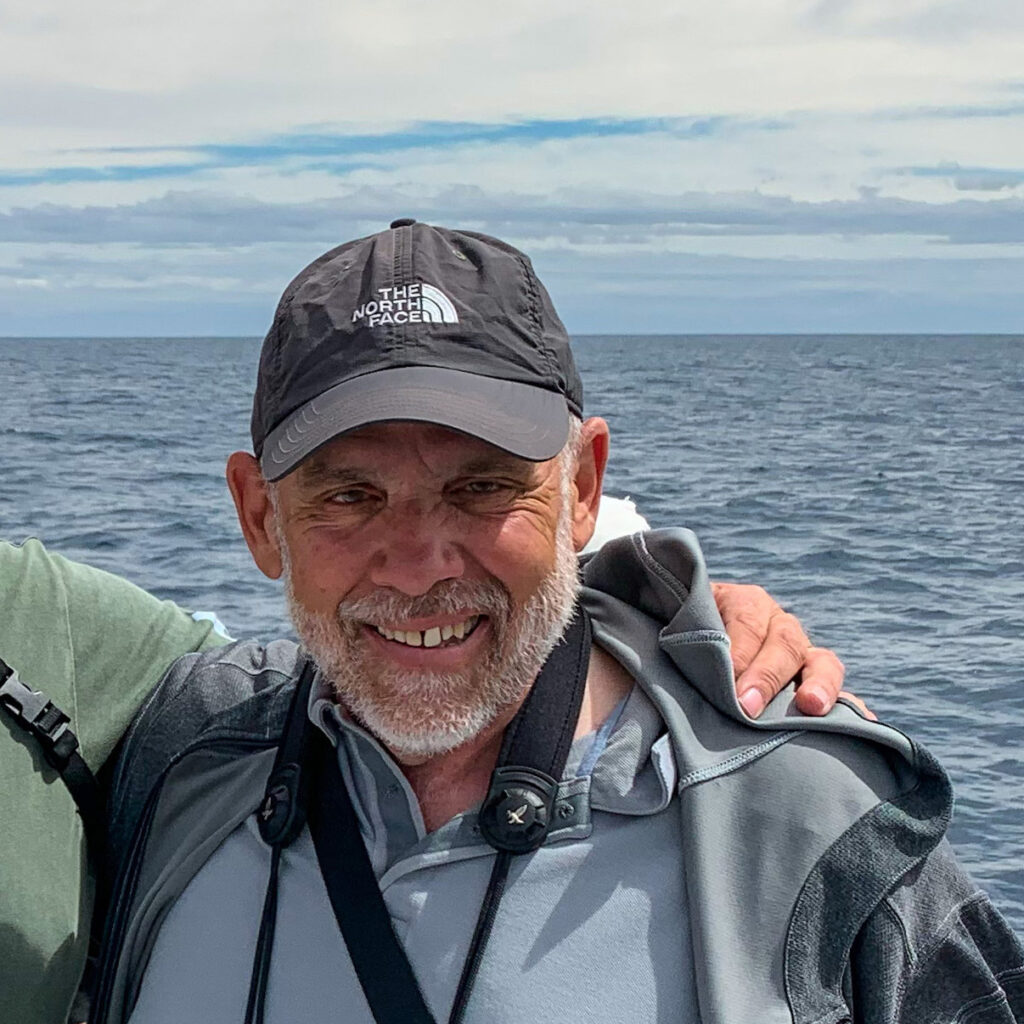
Research Fellow
Marc Webber recently retired from a 30-year career with the U.S. Fish & Wildlife Service in the National Wildlife Refuge and Marine Mammals Management Programs. He is currently an Adjunct Instructor in Biology at the Kachemak Bay Campus of Kenai Peninsula College, part of the University of Alaska. He also has appointments as a Research Associate at The Marine Mammal Center and the California Academy of Sciences, and is a member of the Alaska Marine Mammal Stranding Network. Marc’s current research is on the cetaceans of the San Francisco Bay Area (harbor porpoises, bottlenose dolphins, gray whales and humpback whales) and harbor porpoises in Kachemak Bay, Alaska. He is also beginning work as lead author on the third edition of Marine Mammals of the World a Comprehensive Guide to their Identification (Academic Press/Elsevier).

